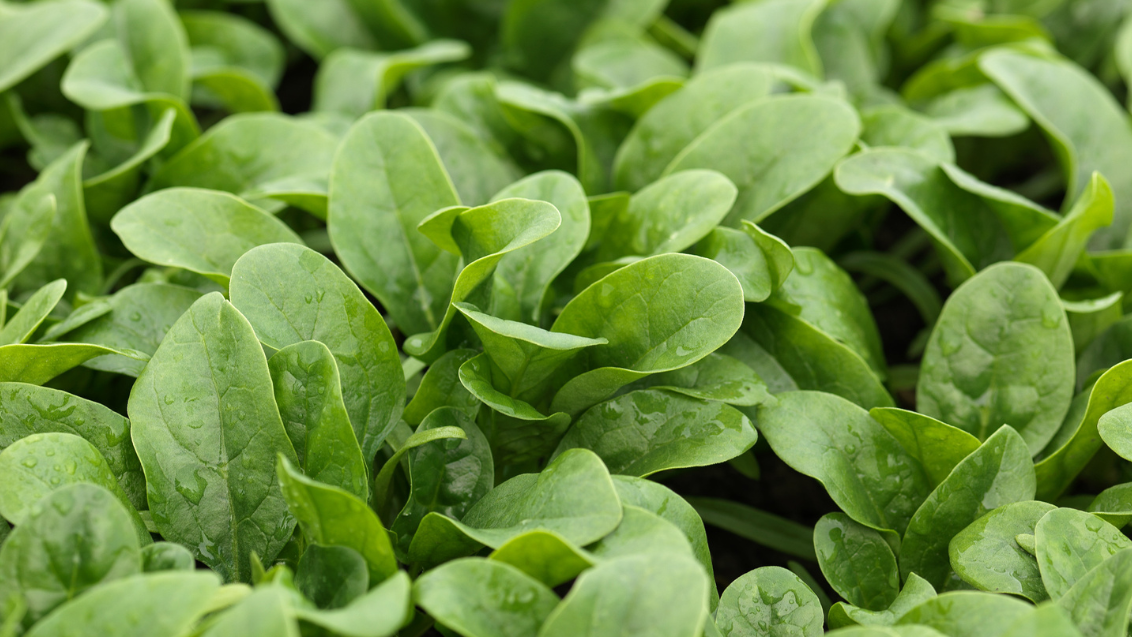June 7, 2023

Syngenta Vegetable Seeds has invested in spinach breeding for more than a decade. In that time, we’ve created a portfolio that provides a broad assortment of resistances, suits many geographies, is available in many colors, and can be used in fresh or processing markets.
“We’ve worked with growers to identify the biggest challenges for spinach growers today,” said Yoann Barrier, Salads Portfolio Manager, Syngenta Vegetable Seeds Leafy and Brassicas. “Right now, there are less and less solutions available to control pests in fields. That’s why we look for resistant varieties with the highest resistance against fungus and disease.”
Two key diseases in spinach are Peronospora (Downy mildew) and fungal disease Stemphylium, in addition to leaf spot diseases Cladosporium and Colletotrichum. Because of this, spinach is often plagued by leaf spot diseases, stealing yield and quality.
Breeding for Peronospora and Stemphylium Resistance
Peronospora is often considered the most devastating leaf disease in spinach, however, Stemphylium is emerging more frequently in testing. Resistance to both diseases is needed.
“We have resistances in all of our commercial varieties today to Peronospora and Stemphylium and are continuing to research as new races emerge,” Barrier explained. “We are really happy to be able to provide this high level of resistance for our growers to offer them a level of security in field production.”
Syngenta researchers have been monitoring leaf samples for years and based on internal lab results, have concluded in most cases, Stemphylium was the cause of many leaf symptoms. Different versions of Stemphylium do exist in the world and researchers made an even more precise analysis, like in the USA, where Syngenta researchers determined in most cases, it was Stemphylium vesicarium causing symptomology in testing.
In addition to discovering Stemphylium’s growing threat, the tests showed researchers Syngenta’s new spinach varieties are resistant against Stemphylium leaf spot, providing additional protection in addition to the already marketed resistance against Peronospora effusa.
What is the Difference Between Peronospora and Stemphylium Symptoms?
Whether it’s Peronospora or Stemphylium, the imperfections caused by pests in spinach fields can hurt the plant’s ability to photo synthesize, decrease yield quality, and diminish overall yield potential. Discover how to differentiate the diseases:
Peronospora symptoms include:
Stemphylium is characterized by:
-
Leaves with small circular to oval, gray-green spots. As the disease progresses, the spots enlarge (still keeping the circular to oval shape) and turn tan in color before drying out. This bacteria does not showcase any purpling or other fungal growth because it is not a fungal infection.
With fewer in-season control options available, it’s important to find genetics that contain resistance to these key spinach pests. Syngenta continues to provide resistance to both Peronospora and Stemphylium, with ongoing research to provide resistance to any new strains or evolutions from the diseases.
Learn more at syngentavegetables.com or by visiting us on LinkedIn at Syngenta Vegetable Seeds.